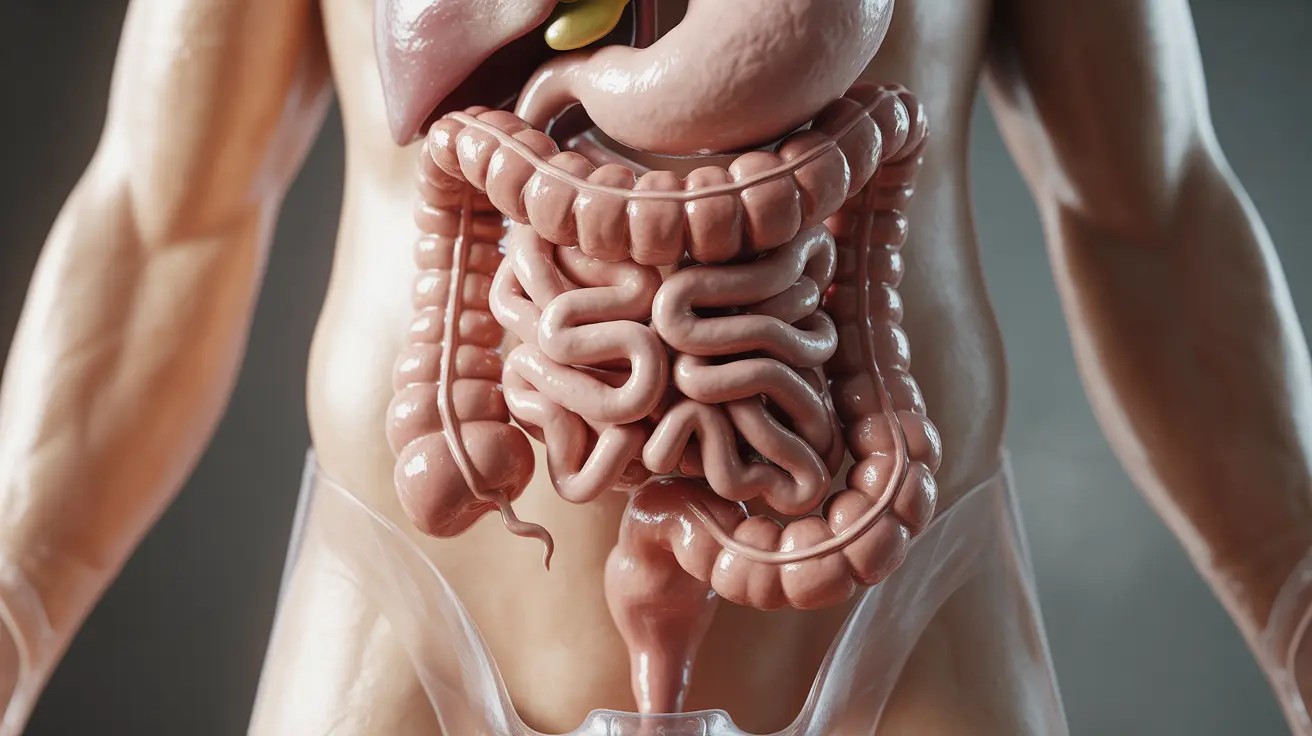Norovirus is primarily known as a highly contagious stomach virus, but some people may experience skin-related symptoms during infection. Understanding the relationship between norovirus and skin manifestations, particularly rashes, is crucial for proper identification and management of the condition.
While not a typical symptom of norovirus infection itself, skin issues can develop as secondary complications or related symptoms. This comprehensive guide explores the connection between norovirus and skin conditions, treatment options, and when to seek medical attention.
Understanding Norovirus and Skin Manifestations
Norovirus primarily affects the digestive system, causing severe gastrointestinal symptoms. However, some individuals may experience skin-related issues either directly or indirectly related to the infection. These skin manifestations can range from mild irritation to more noticeable rashes.
Common Skin Issues During Norovirus Infection
During a norovirus infection, several types of skin problems may develop:
- Irritation from frequent hand washing
- Dehydration-related skin dryness
- Diaper rash in infants and young children
- Stress-related skin reactions
- Contact dermatitis from cleaning products
Secondary Skin Complications
While norovirus itself doesn't typically cause rashes, the intense symptoms of the infection can lead to secondary skin issues. Frequent diarrhea and vomiting can cause skin irritation around sensitive areas, particularly in young children wearing diapers.
Skin Care During Norovirus Infection
Proper skin care during a norovirus infection is essential to prevent complications:
- Use gentle, fragrance-free cleansers
- Pat skin dry instead of rubbing
- Apply moisture barrier creams when needed
- Change diapers frequently in infants
- Stay hydrated to maintain skin health
Prevention and Management
Managing norovirus and preventing skin complications requires a comprehensive approach. Focus on maintaining good hygiene while protecting your skin from excessive irritation.
Hygiene Practices
Proper hygiene is crucial for preventing norovirus spread while minimizing skin irritation:
- Use warm (not hot) water for washing
- Choose mild, non-irritating soaps
- Apply hand moisturizer after washing
- Use alcohol-based sanitizers when soap isn't available
- Wear gloves when cleaning contaminated surfaces
Frequently Asked Questions
Can norovirus cause a rash or hives, and what do they look like?
While norovirus itself rarely causes direct rashes or hives, some people may develop skin reactions due to associated factors like dehydration or stress. If rashes occur, they might appear as red, irritated patches or small, raised bumps on the skin.
How can diarrhea from norovirus lead to skin irritation or diaper rash in children?
Frequent diarrhea during norovirus infection can cause skin irritation due to moisture exposure and friction. In children wearing diapers, this can lead to diaper rash, appearing as red, inflamed skin in the diaper area. Prompt diaper changes and barrier creams can help prevent and treat these issues.
What treatments are recommended for managing norovirus symptoms and preventing dehydration?
Treatment focuses on staying hydrated with clear fluids or oral rehydration solutions, resting, and managing symptoms. For skin-related issues, use gentle skincare products and protective barrier creams when needed. Over-the-counter anti-diarrheal medications should only be used under medical guidance.
How contagious is norovirus and what are the best ways to prevent spreading it?
Norovirus is highly contagious and can spread through contaminated surfaces, food, or direct contact with infected individuals. Prevention includes thorough hand washing, proper food handling, immediate cleaning of contaminated surfaces, and isolating infected individuals until at least 48 hours after symptoms resolve.
When should I see a doctor if I or my child develops a rash along with norovirus symptoms?
Seek medical attention if you or your child experiences severe rashes, signs of dehydration, fever above 102°F (39°C), bloody diarrhea, or symptoms lasting more than three days. Additionally, consult a healthcare provider if skin irritation becomes severe, spreads, or shows signs of infection.




